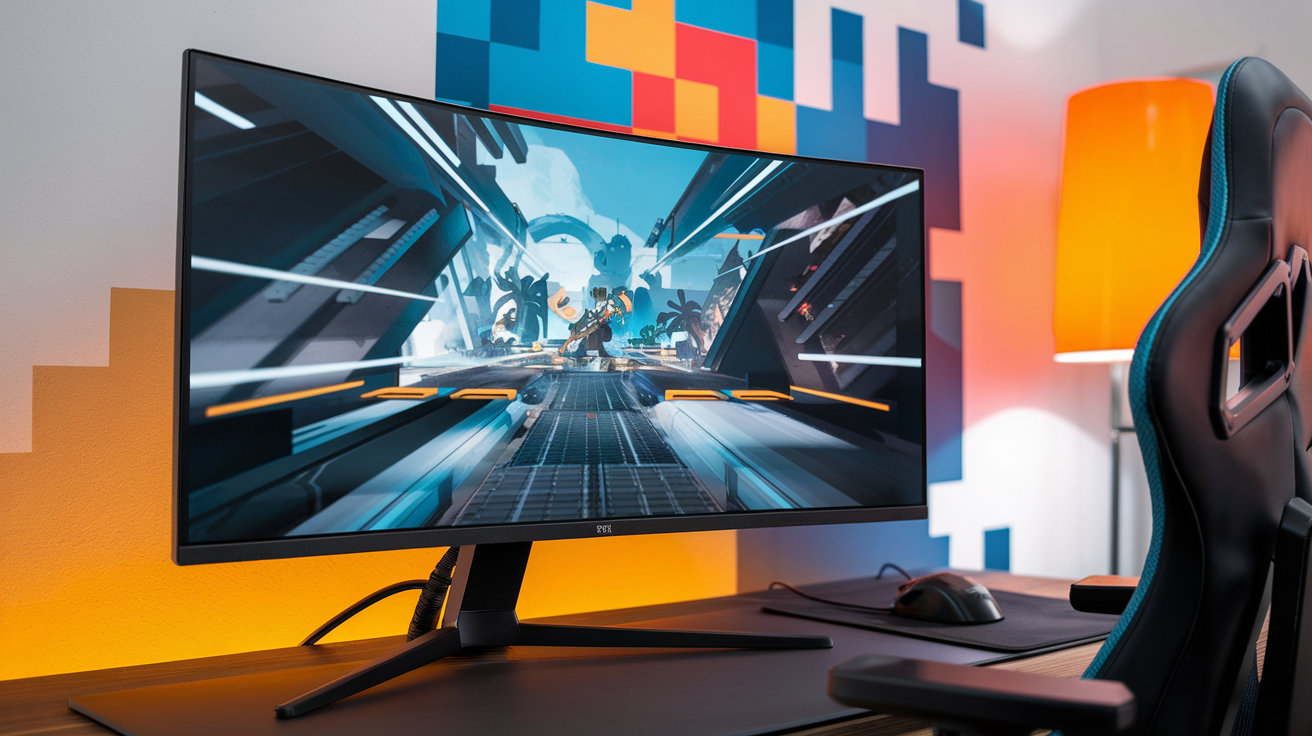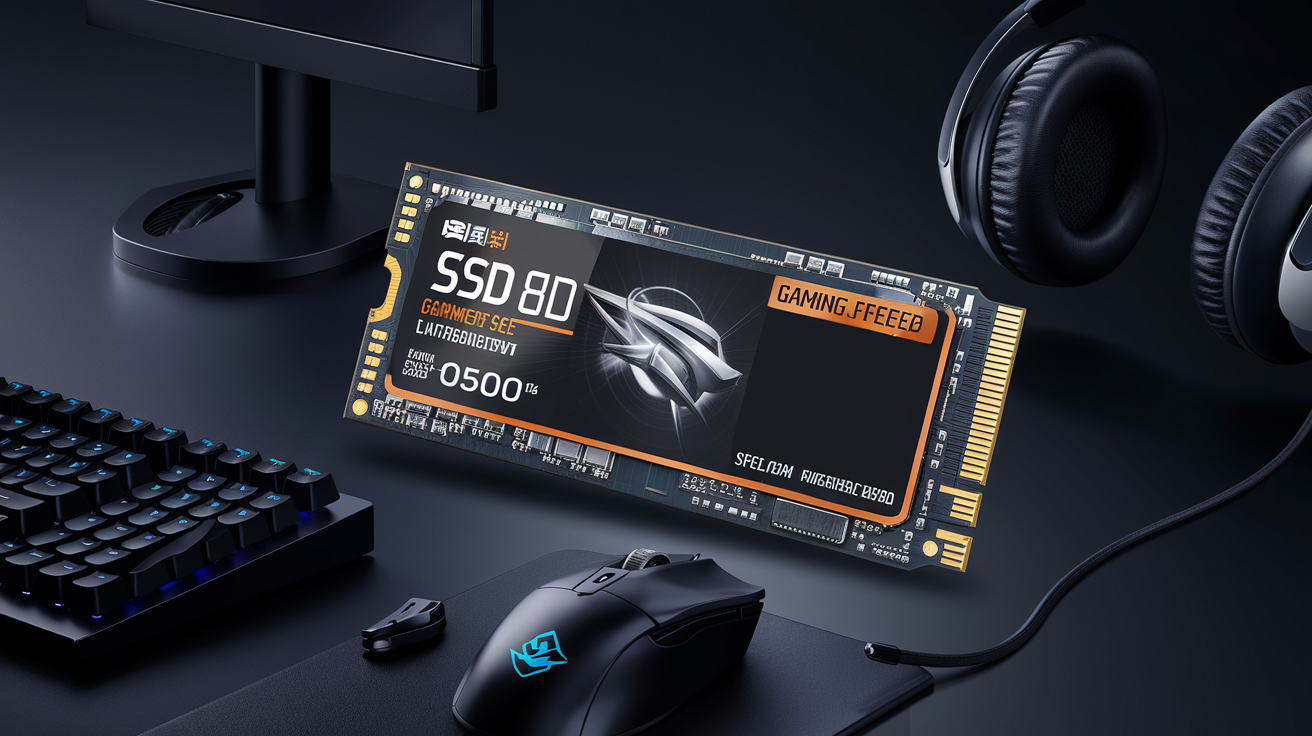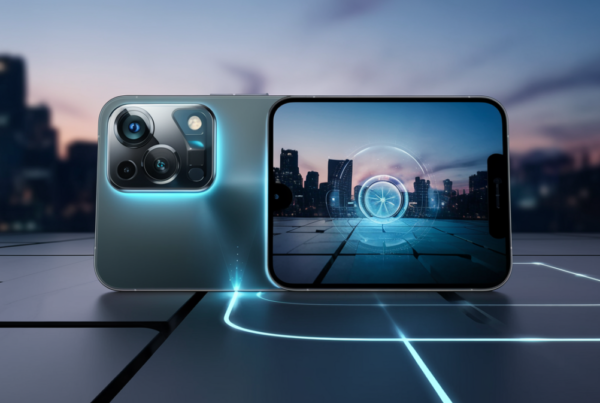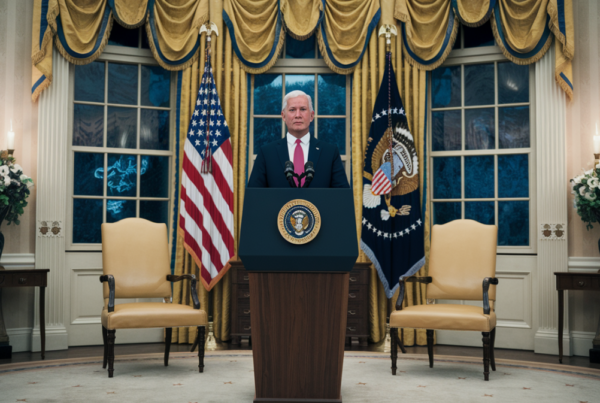Nintendo has unveiled a groundbreaking feature for its upcoming Switch 2 console: Virtual Game Cards. This innovation aims to redefine how players share, trade, and resell digital games, addressing long-standing frustrations with account-locked purchases. While the move has been praised for its consumer-friendly approach, it also comes with new restrictions on game-sharing loopholes.
What Are Virtual Game Cards?
Virtual Game Cards are Nintendo’s answer to the limitations of traditional digital purchases. Unlike standard digital downloads, which are tied to a specific Nintendo account, these cards function similarly to physical game cartridges. They can be freely borrowed, traded, or resold without being linked to any user account.
According to Nintendo’s Tetsuya Sasaki, “Key cards will start up on the console or system that it is slotted into, so it’s not tied to an account or anything.” This design preserves the flexibility of physical media while embracing the convenience of digital distribution.
How Virtual Game Cards Change Game Sharing
Previously, sharing digital games on the Nintendo Switch required cumbersome workarounds, such as setting a console as the primary device for an account. This often led to complications when multiple users tried to access the same game. With Virtual Game Cards, these barriers are removed:
- No Account Restrictions: Games can be played on any Switch 2 system without requiring a specific account.
- Resale and Trade: Players can sell or trade their Virtual Game Cards, much like physical cartridges.
- Borrowing Flexibility: Friends and family can lend games without navigating account settings.
Industry Implications
Nintendo’s decision to introduce Virtual Game Cards could have far-reaching effects on the gaming industry:
- Revitalizing Physical Sales: Retailers may see a resurgence in the trade of used games, as Virtual Game Cards can be resold.
- Consumer Ownership: The approach aligns with the first-sale doctrine, allowing players to retain control over their purchases.
- Competitive Edge: Nintendo stands apart from competitors who rely on account-locked digital purchases.
Potential Challenges and Concerns
While the new system offers significant advantages, it is not without its drawbacks:
- Misuse Risks: Some fear that the ease of sharing could lead to account bans if Nintendo detects unauthorized resale or sharing.
- Digital vs. Physical Debate: The line between digital and physical ownership blurs, raising questions about long-term access and preservation.
Comparison: Virtual Game Cards vs. Traditional Digital Purchases
| Feature | Virtual Game Cards | Traditional Digital Purchases |
|---|---|---|
| Account Binding | No | Yes |
| Resale/Trade | Yes | No |
| Borrowing Flexibility | High | Low |
| Retailer Involvement | Possible | None |
What This Means for Gamers
For players, the introduction of Virtual Game Cards is a welcome change. It combines the convenience of digital downloads with the freedom of physical ownership. However, it also requires careful navigation to avoid potential pitfalls, such as violating Nintendo’s terms of service.
As the gaming community adapts to this new model, one thing is clear: Nintendo is once again challenging industry norms, offering a fresh take on how games can be shared and owned.
Looking Ahead
The Switch 2’s Virtual Game Cards represent a bold step forward, but their success will depend on how well Nintendo balances flexibility with security. As the console’s launch approaches, players and retailers alike will be watching closely to see how this innovation unfolds.







